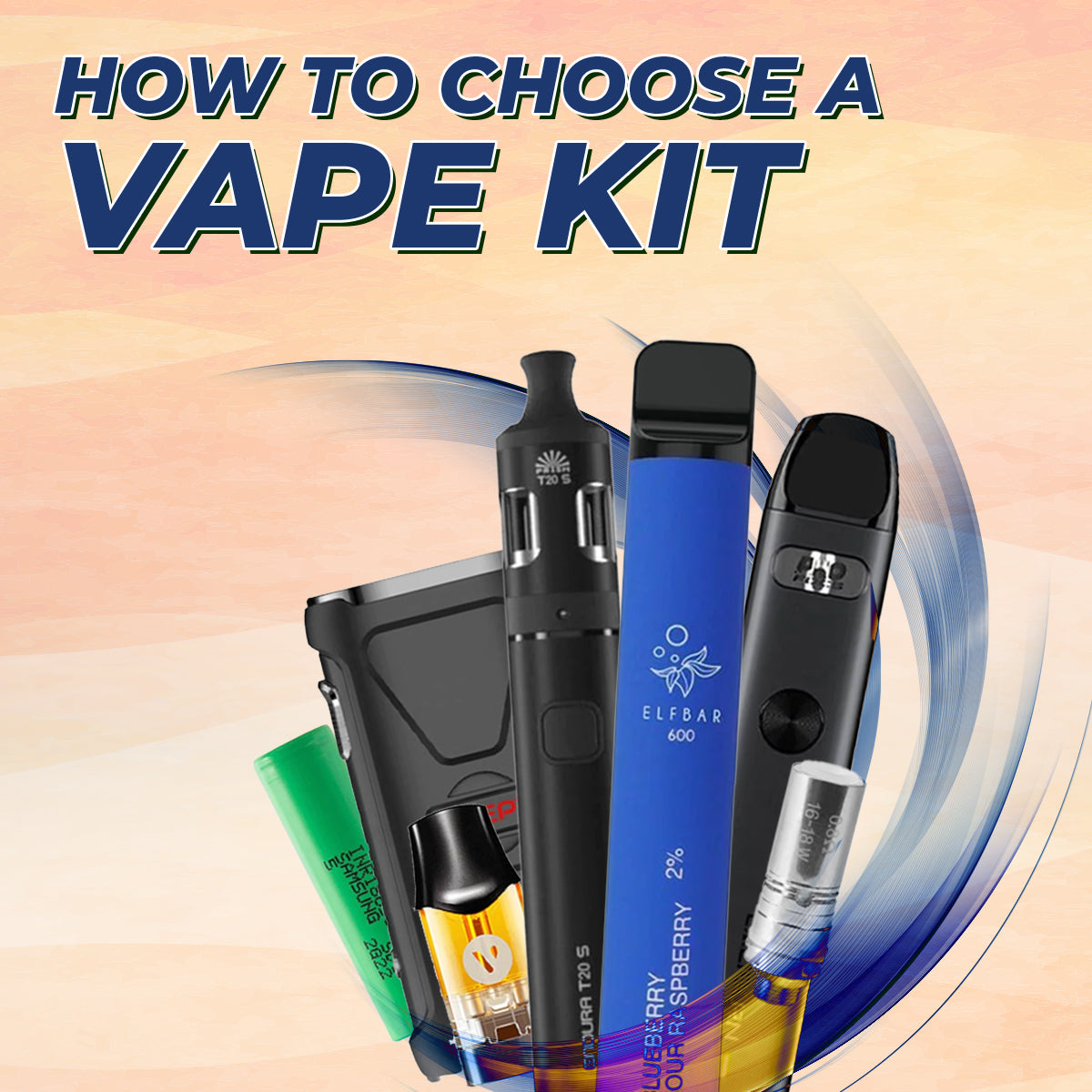An electronic cigarette company operates within the design, manufacturing, marketing, and distribution of Electronic Nicotine Delivery Systems (ENDS), commonly known as e-cigarettes or vapes, and their associated products. The core mission revolves around offering alternatives to traditional combustible tobacco products.
Core Product Segments
The product portfolio of an electronic cigarette company typically includes:

- Vaping Devices: This encompasses a range of hardware from simple disposable e-cigarettes and user-friendly pod systems (often featuring pre-filled or refillable pods) to more customizable vape pens and advanced mod systems that offer greater control over power and vapor production.
- E-Liquids (Vape Juice): These are the solutions aerosolized by the devices. Key ingredients include propylene glycol (PG), vegetable glycerin (VG), flavorings, and, typically, nicotine in various concentrations (including nicotine-free options). Significant investment is made in flavor development and nicotine salt formulations for smoother delivery.
- Accessories: This includes essential replacement parts and add-ons such as coils (heating elements), tanks/atomizers, batteries, chargers, and protective cases.
Key Operational Pillars
Successful operation in the electronic cigarette industry relies on several key functions:
- Research & Development (R&D): Focuses on innovating device technology for enhanced safety, efficiency, and user experience, as well as developing new e-liquid flavors and formulations.
- Manufacturing & Supply Chain: Involves sourcing quality components and ingredients, overseeing production (often adhering to Good Manufacturing Practices – GMP), and managing complex global logistics to ensure product consistency and availability.
- Marketing, Sales & Distribution: Strategies for brand building, product promotion (within strict regulatory limits), and establishing effective sales channels, including online retail, specialized vape shops, and general retail.
- Regulatory Affairs & Compliance: A critical function dedicated to navigating the complex and constantly evolving landscape of international, national, and local regulations. This includes product standards, testing protocols, pre-market approvals (e.g., PMTA in the U.S.), labeling, packaging, and age verification requirements.
- Quality Control & Assurance: Implementation of stringent testing procedures for both hardware (e.g., battery safety, material integrity) and e-liquids (e.g., purity, nicotine accuracy) to ensure product safety and quality.
Market Dynamics and Challenges
The electronic cigarette industry is characterized by unique dynamics and significant challenges:
- Intense Regulatory Oversight: Companies face rigorous scrutiny from health authorities globally, leading to measures such as flavor restrictions, advertising bans, sales limitations, and high taxation.
- Public Health Discourse: Ongoing debate concerning the role of e-cigarettes in tobacco harm reduction versus concerns about youth initiation and potential long-term health effects.
- Competitive Landscape: The market is highly competitive, featuring large multinational corporations (some with tobacco industry affiliations) and numerous smaller, independent brands vying for market share.
- Youth Access Prevention: A major focus for regulators and society, compelling companies to implement robust age verification systems and responsible marketing practices to prevent underage use.
- Rapid Technological Evolution: Fast-paced innovation in device technology and e-liquid formulation requires continuous investment and adaptation to remain relevant.










